How Different Does a Graphic Design Have to Be
Graphic design uses visual compositions to solve problems and communicate ideas through typography, imagery, color and form. There's no one way to do that, and that's why there are several types of graphic design, each with their own area of specialization.
Though they often overlap, each type of graphic design requires specific set of skills and design techniques. Many designers specialize in a single type; others focus on a set of related, similar types. But because the industry is constantly changing, designers must be adaptable and lifelong learners so they can change or add specializations throughout their careers.
Whether you are an aspiring designer or seeking design services for your business, understanding the eight types of graphic design will help you find the right skills for the job.
1. Visual identity graphic design
—
A brand is a relationship between a business or organization and its audience. A brand identity is how the organization communicates its personality, tone and essence, as well as memories, emotions and experiences. Visual identity graphic design is exactly that: the visual elements of brand identity that act as the face of a brand to communicate those intangible qualities through images, shapes and color.
Designers that specialize in visual identity graphic design collaborate with brand stakeholders to create assets like logos, typography, color palettes and image libraries that represent a brand's personality. In addition to the standard business cards and corporate stationary, designers often develop a set of visual brand guidelines (style guides) that describe best practices and provide examples of visual branding applied across various media. These guidelines help to ensure brand consistency throughout future applications.
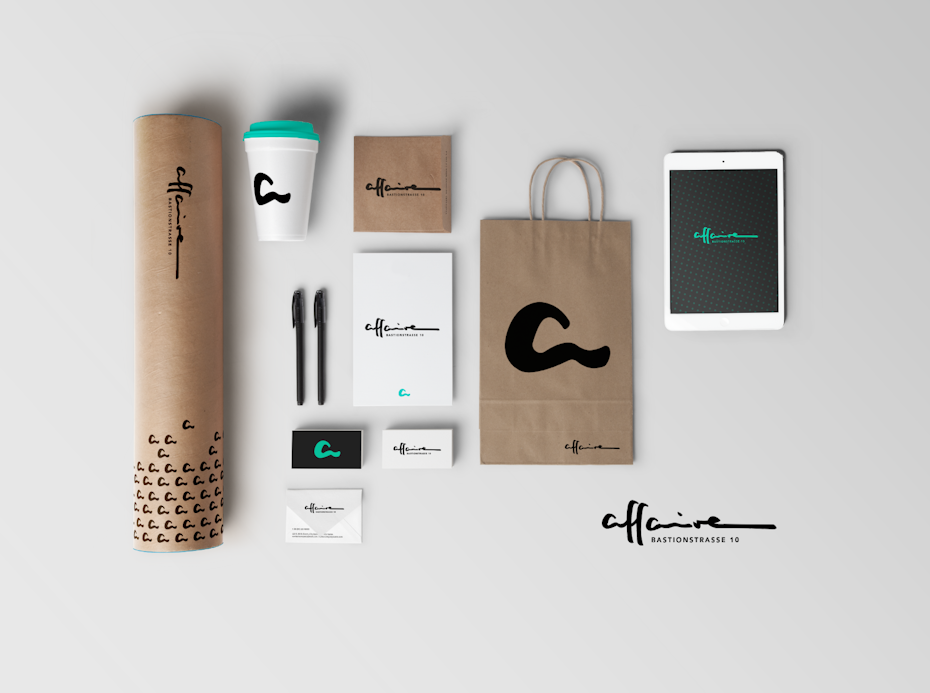
Visual identity design is one of the most common types of design. Visual identity graphic designers must possess a general knowledge of all types of graphic design in order to create design elements that are suitable across all visual media. They also need excellent communication, conceptual and creative skills, and a passion for researching industries, organizations, trends and competitors.
2. Marketing & advertising graphic design
—
When most people think of graphic design, they think of designs created for marketing and advertising.
Companies depend on successful marketing efforts to tap into their target audience's decision-making process. Great marketing engages people based on the wants, needs, awareness and satisfaction they have about a product, service or brand. Since people will always find visual content more engaging, graphic design helps organizations promote and communicate more effectively.
Marketing designers work with company owners, directors, managers or marketing professionals to create assets for marketing strategies. They might work alone or as part of an in-house or creative team. Designers can specialize in a specific type of media (vehicle wraps or magazine ads, for example) or create a broad assortment of collateral for print, digital, and beyond. While traditionally print-centered, this type of design has grown to include more digital assets, especially for use in content marketing and digital advertising.
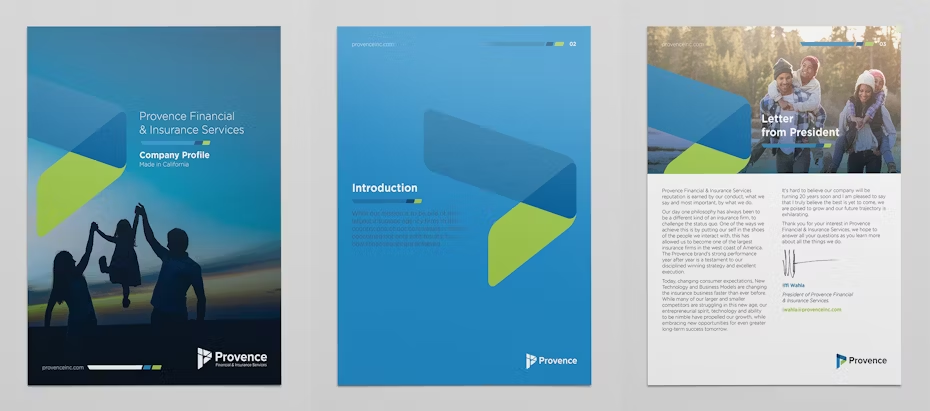
Examples of marketing graphic design
- Postcards and flyers
- Magazine and newspaper ads
- Posters, banners and billboards
- Infographics
- Brochures (print and digital)
- Vehicle wraps
- Signage and trade show displays
- Email marketing templates
- PowerPoint presentations
- Menus
- Social media ads, banners and graphics
- Banner and retargeting ads
- Images for websites and blogs
Marketing designers need excellent communication, problem-solving and time management skills. In addition to being proficient in several graphic design, layout and presentation apps, they must also be familiar with production for print and online environments. Entry-level positions in this area are a great way for new designers to learn processes and acquire valuable skills and experience.
3. User interface graphic design
—
A user interface (UI) is how a user interacts with a device or application. UI design is the process of designing interfaces to make them easy to use and provide a user-friendly experience.
A UI includes all of the things a user interacts with—the screen, keyboard and mouse—but in the context of graphic design, UI design focuses on the user's visual experience and the design of on-screen graphic elements like buttons, menus, micro-interactions, and more. It's a UI designer's job to balance aesthetic appeal with technical functionality.
UI designers specialize in desktop apps, mobile apps, web apps and games. They work closely with UX (user experience) designers (who determine how the app works) and UI developers (who write code to make it work).
Examples of user interface graphic design
- Web page design
- Theme design (WordPress, Shopify, etc.)
- Game interfaces
- App design
UI designers must be team players backed by both serious graphic design skills and an excellent understanding of UI/UX principles, responsive design and web development. In addition to graphics apps, they need knowledge of programming languages like HTML, CSS and JavaScript.
4. Publication graphic design
—
Publications are long-form pieces that communicate with an audience through public distribution. They have traditionally been a print medium. Publication design is a classic type of design—think books, newspapers, magazines and catalogs. However, there's recently been a significant rise in digital publishing.
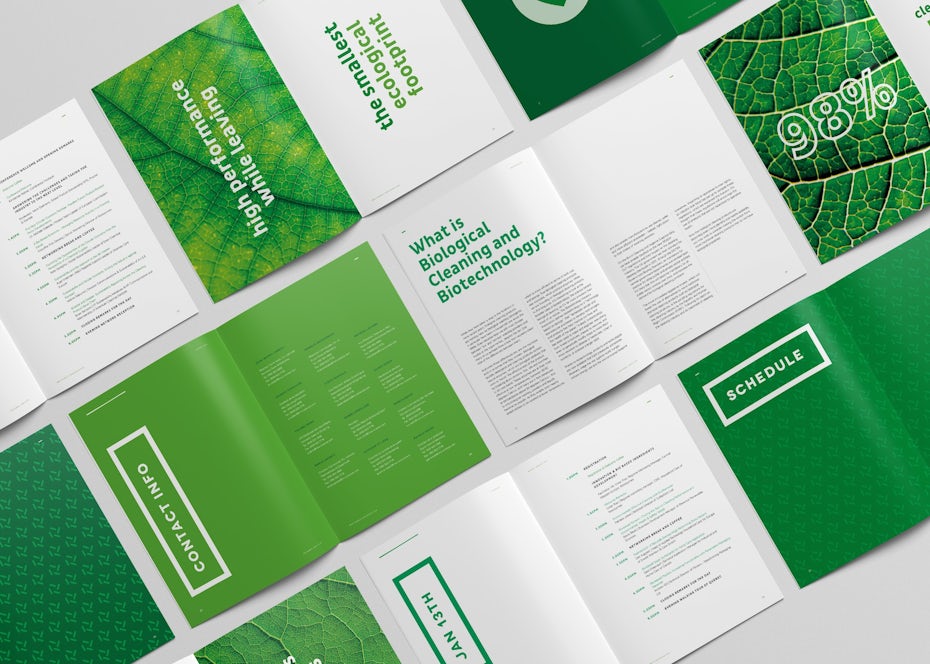
Graphic designers that specialize in publications work with editors and publishers to create layouts with carefully selected typography and accompanying artwork, which includes photography, graphics and illustrations. Publication designers may work as freelancers, as creative agency members or in-house as part of a publishing company.
Examples of publication graphic design
- Books
- Newspapers
- Newsletters
- Directories
- Annual reports
- Magazines
- Catalogs
Publication designers must possess excellent communication, layout and organizational skills. In addition to graphic design expertise, they need to understand color management, printing and digital publishing.
5. Packaging graphic design
—
Most products require some form of packaging to protect and prepare them for storage, distribution, and sale. But packaging design can also communicate directly to consumers, which makes it an extremely valuable marketing tool. Every box, bottle and bag, every can, container, or canister is a chance tell the story of a brand.
Packaging designers create concepts, develop mockups and create the print-ready files for a product. This requires expert knowledge of print processes and a keen understanding of industrial design and manufacturing. Because packaging design touches so many disciplines, it's not uncommon for designers to find themselves creating other assets for a product such as photography, illustrations and visual identity.
Packaging designers may be a jack-of-all-trades or specialize in a specific type of packaging (like labels or beverage cans) or a specific industry (like food or children's toys). Their work requires top-notch conceptual and problem-solving skills in addition to a strong working knowledge of print and industrial design. They must be flexible to meet the demands of clients, marketers and manufacturers and be aware of current trends.
6. Motion graphic design
—
Simply put, motion graphics are graphics that are in motion. This can include animation, audio, typography, imagery, video and other effects that are used in online media, television and film. The medium's popularity has skyrocketed in recent years as technology improved and video content became king.
"Motion graphics designer" is a somewhat new specialty for designers. Formally reserved for TV and film, technological advances have reduced production time and costs, making the art form more accessible and affordable. Now, motion graphics is one of the newest types of design and can be found across all digital platforms, which has created all sorts of new areas and opportunities.
Examples of motion graphic design
- Title sequences and end credits
- Advertisements
- Animated logos
- Trailers
- Presentations
- Promotional videos
- Tutorial videos
- Websites
- Apps
- Video games
- Banners
- GIFs
Motion graphics designers begin by developing storyboards and then bring their concepts to life with animation, video and traditional art. Depending on the industry, a strong working knowledge of marketing, coding and 3D modeling can be definite assets.
7. Environmental graphic design
—
Environmental graphic design visually connects people to places to improve their overall experience by making spaces more memorable, interesting, informative or easier to navigate. Environmental design is a broad type of design, here are some examples:
Examples of environmental graphic design
- Signage
- Wall murals
- Museum exhibitions
- Office branding
- Public transportation navigation
- Retail store interiors
- Stadium branding
- Event and conference spaces
Wayfinding is a specific type of environmental graphic design that consists of strategic signage, landmarks and visual cues that help people identify where they are and where they need to go so they can get there without confusion.
Environmental graphic design is a multidisciplinary practice that merges graphic, architectural, interior, landscape and industrial design. Designers collaborate with people in any number of these fields to plan and implement their designs. Because of that, designers typically have education and experience in both graphic design and architecture. They must be familiar with industrial design concepts and able to read and sketch architectural plans.
Traditionally, environmental graphic design has produced static print pieces , but digital interactive displays continue to rise in popularity as a means of creating a more engaging experience.
8. Art and illustration for graphic design
—
Graphic art and illustration are often seen as being the same as graphic design, however they're each very different. Designers create compositions to communicate and solve problems, graphic artists and illustrators create original artwork. Their art takes a number of forms, from fine art to decoration to storytelling illustrations.
Even though graphic art and illustration are not technically types of graphic design, so much is created for commercial use within the context of graphic design that you can't talk about one without the others.
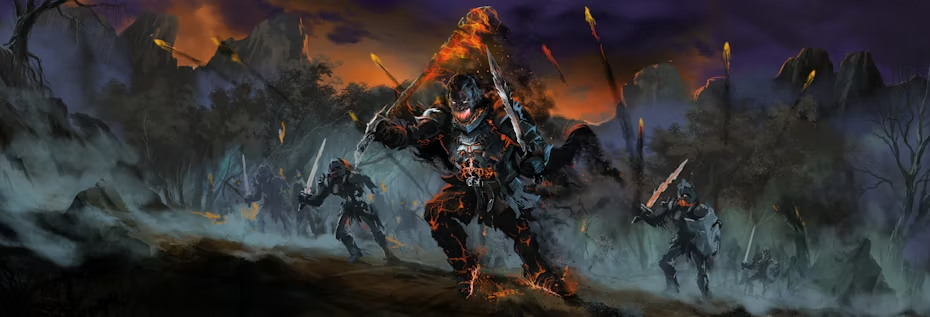
Examples of art and illustration for graphic design
- T-shirt design
- Graphic patterns for textiles
- Motion graphics
- Stock images
- Graphic novels
- Video games
- Websites
- Comic books
- Album art
- Book covers
- Picture books
- Infographics
- Technical illustration
- Concept art
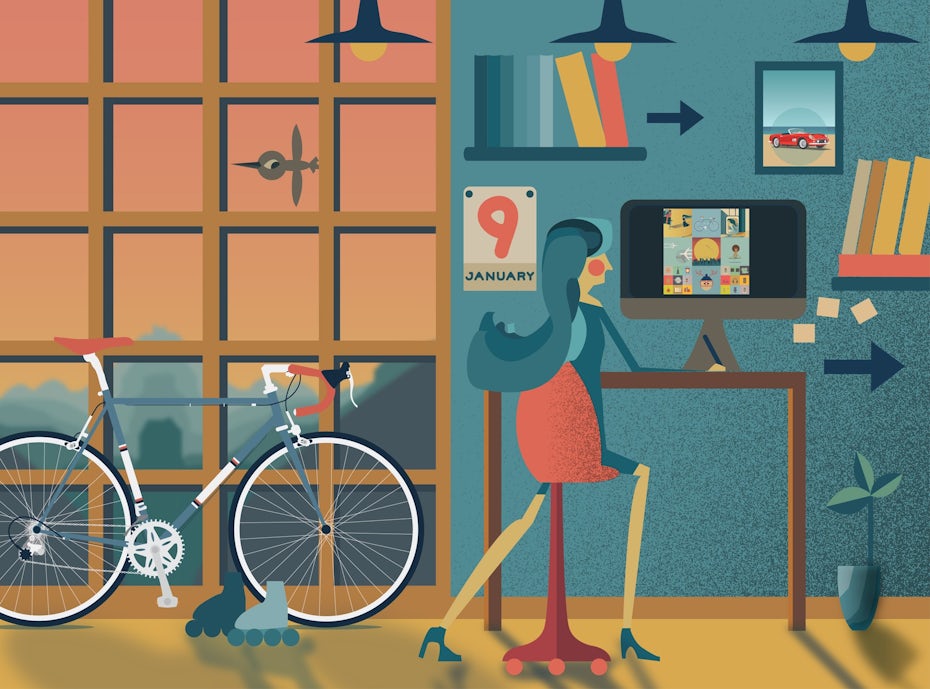
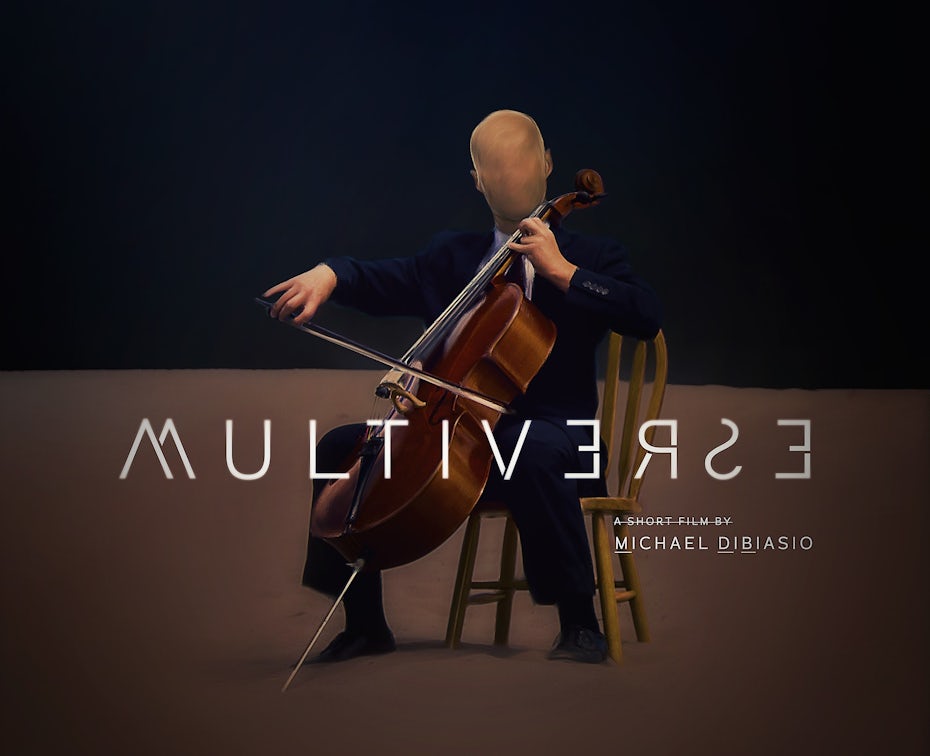
Graphic artists use any combination of media and techniques to create their work as they collaborate with writers, editors, managers, marketers and art directors across all graphic design types. They'll often have a foundation in fine arts, animation or architecture. Overlapping skills and apps make it possible to find graphic designers who also work as graphic artists and illustrators (and vice versa).
Use the right types of graphic design for the job
—
Graphic design is an ever-growing field, and the demand for specialized and skilled designers is on the rise. When you're looking for the right person to take on a design job, knowing the different types of graphic design will help you identify the specialist you need.
Finding the right designer is easy!
Simply search our designer community and pick the perfect one for your project.
How Different Does a Graphic Design Have to Be
Source: https://99designs.com/blog/tips/types-of-graphic-design/
0 Response to "How Different Does a Graphic Design Have to Be"
Post a Comment